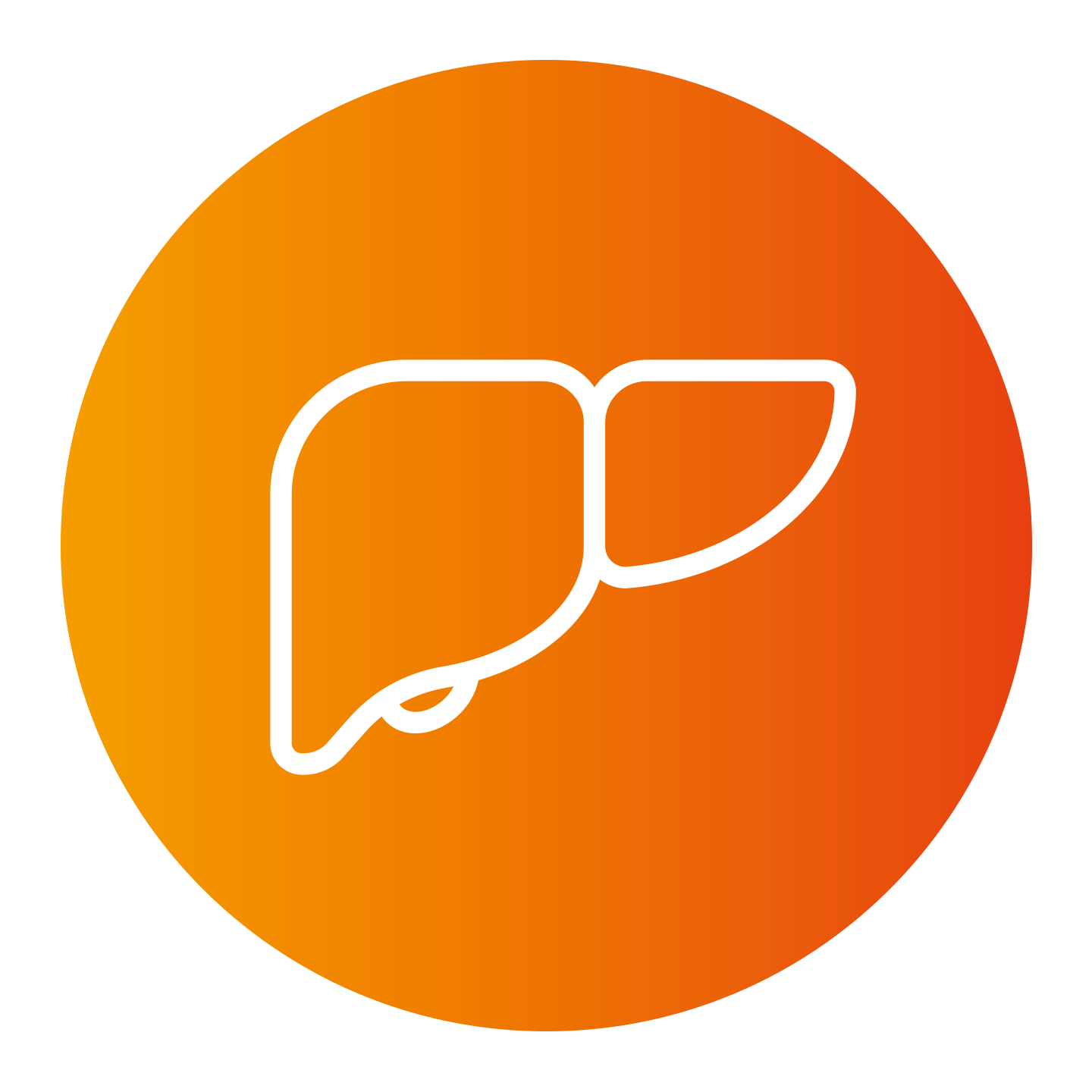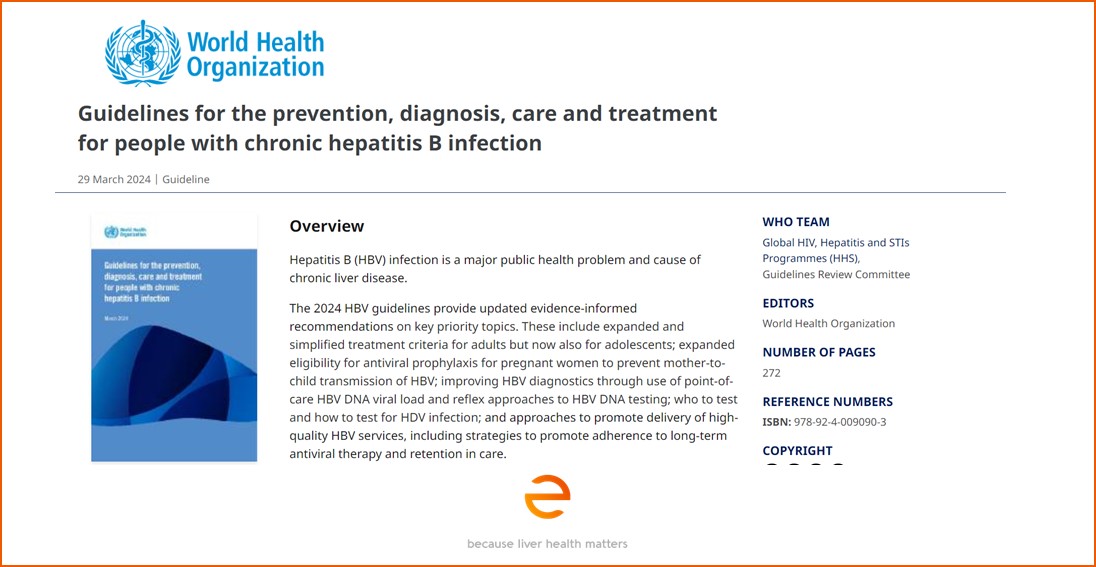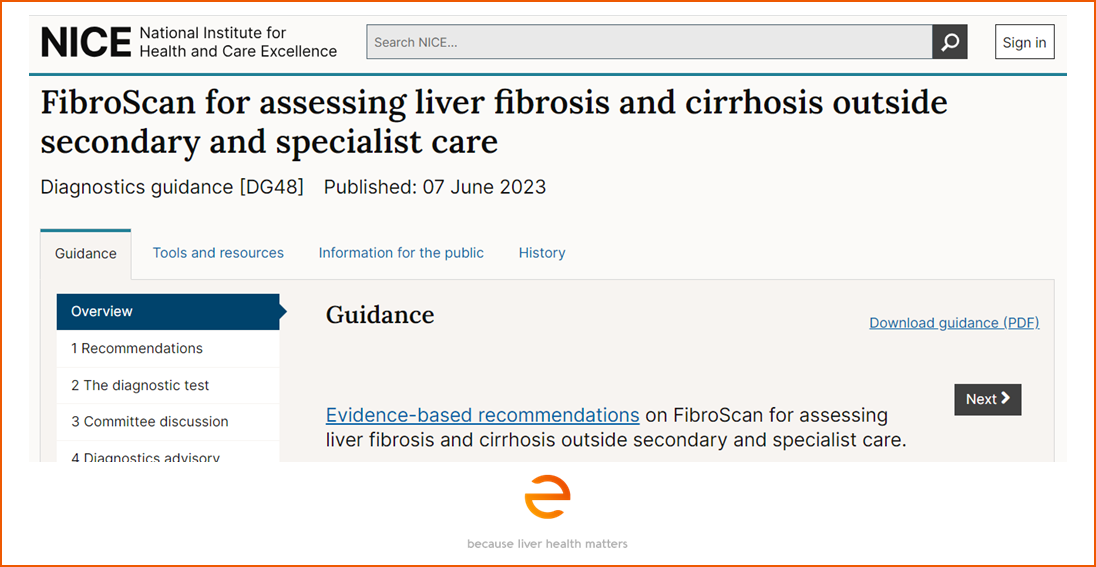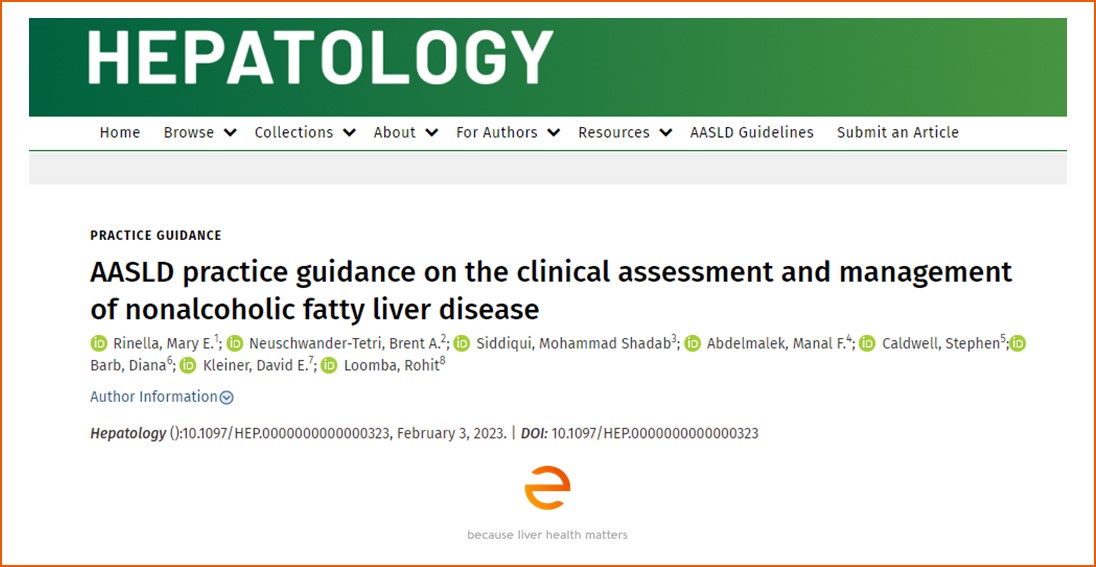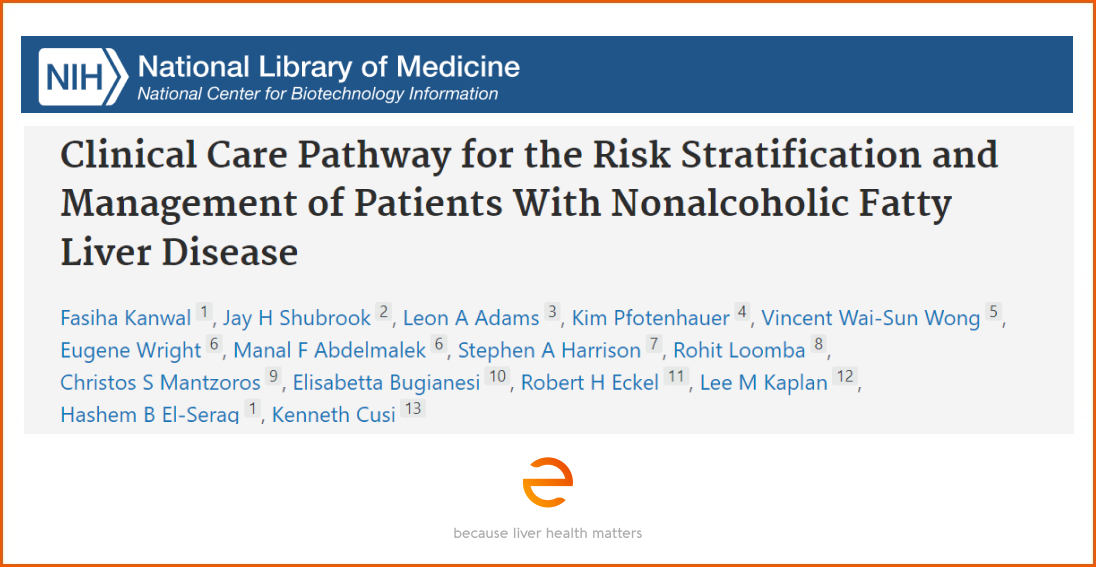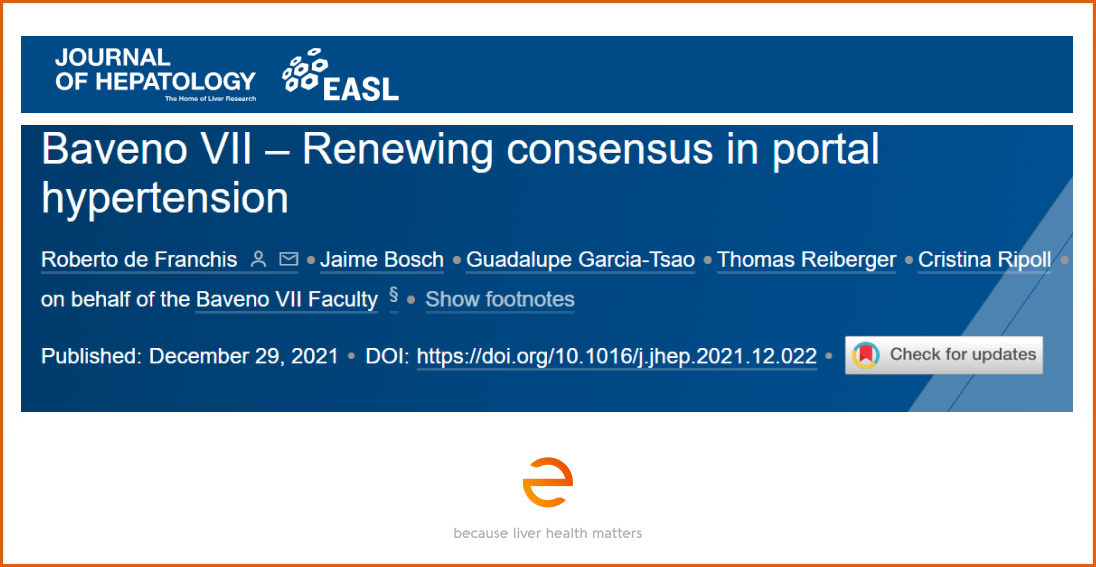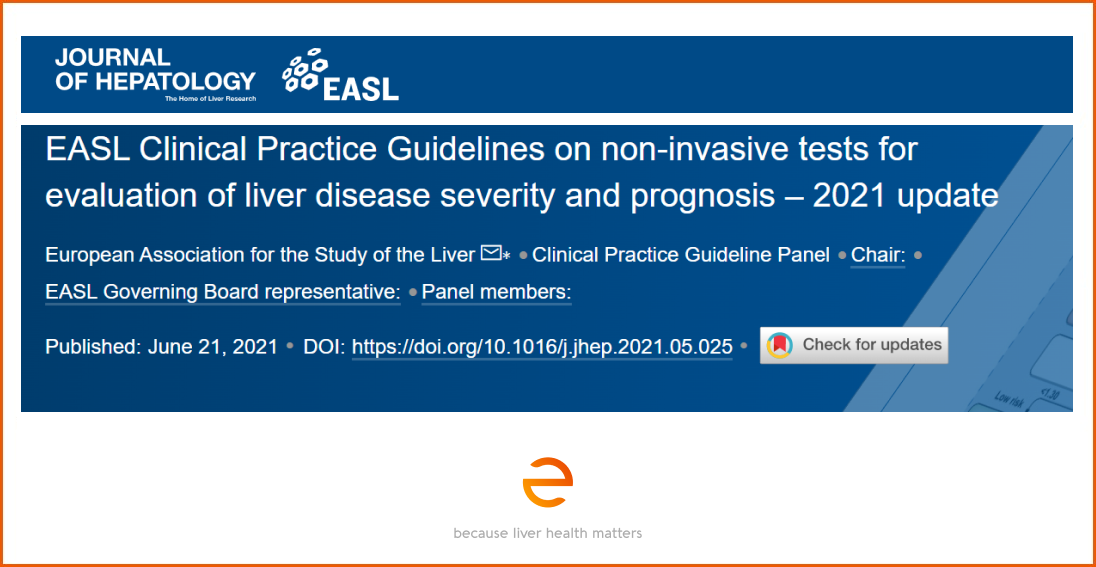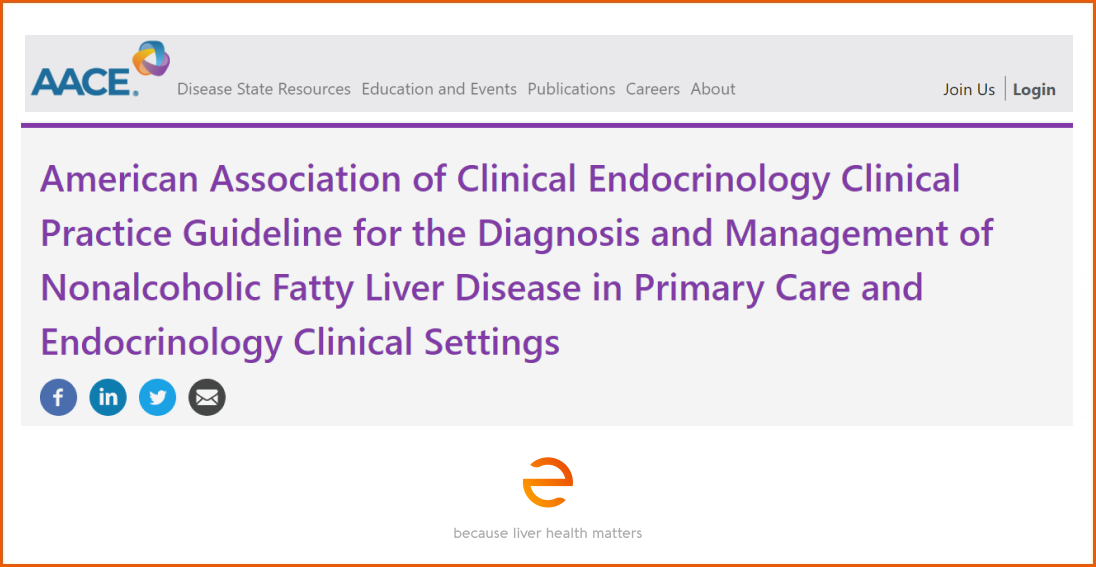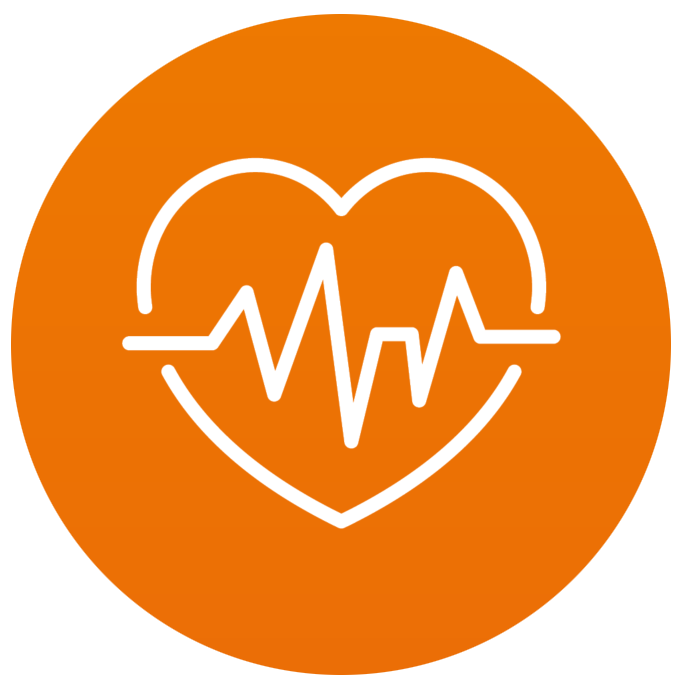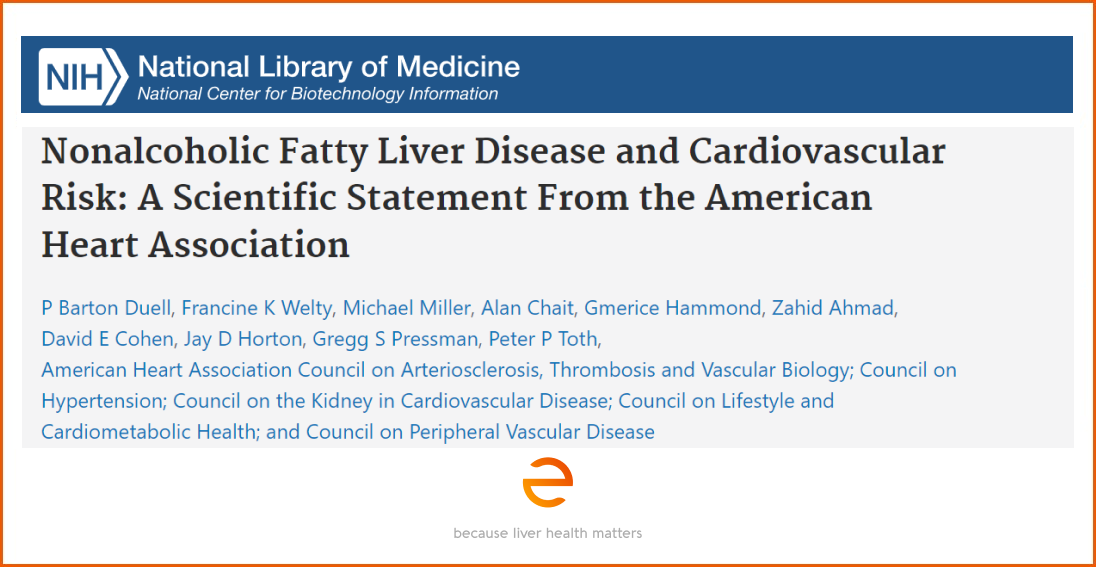
International Clinical Practice Guidelines
Related to FibroScan®
These latest guidelines – for healthcare professionals only – define the role of diagnostic and treatment modalities in the management of patients with chronic liver disease.

The following recommendations are defined by internationally recognized scientific organizations and are based on the best available research data and practical experience.
Recommendations in Hepatology & Gastroenterology
for people with chronic hepatitis B (CHB) infection
In the new WHO guideline 2024 on the management of people with chronic hepatitis B infection, FibroScan® is specifically recommended as the transient elastography technique for initial assessment and treatment eligibility.
All adults and adolescents (aged ≥12 years) with chronic hepatitis B including pregnant women and girls and women of reproductive age will be eligible for treatment, if they show evidence of significant fibrosis (TE by FibroScan >7 kPa) or cirrhosis (TE by FibroScan >12.5 kPa).
These TE cut-off values (>7 kPa & >12.5 kPa) mentioned at the new WHO guideline 2024 on management of people with CHB infection applied to FibroScan® only.
The National Institute for Health and Care Excellence (NICE) in the United Kingdom has issued landmark guidance recommending the use of FibroScan®, citing that it may improve the early detection of liver disease in primary and community care settings.
> Access the NICE full publication
The new Practice Guidance from the AASLD suggests the use of VCTE™, a patented technology used by FibroScan® solutions from Echosens, for detecting and diagnosing NAFLD in high-risk individuals, including those with type 2 diabetes (T2D).
These AGA guidelines indicate how to determine which risk-factor patients will benefit from testing, the NIT-based FIB-4 + LSM by VCTE™ test sequence and risk-stratified disease management guidance.
> Access the AGA full publication
These Baveno VII guidelines applies for the management of patients with advanced chronic liver disease.
These EASL guidelines are a big step towards non-invasive management of patients with liver disease.
Recommendations in Diabetology & Endocrinology
These new guidelines are a breakthrough in early diagnosis and management of patients with NAFLD targeting primary care and endocrinology clinical settings.
Recommendations in Cardiology
The purpose of this scientific statement is to review the underlying risk factors and pathophysiology of NAFLD, the associations with atherosclerotic cardiovascular disease, diagnostic and screening strategies, and potential interventions.
> Access the AHA full publication
